|
What's the big deal about cannons?
Nowadays, cannon and other forms of artillery from the 1700s and 1800s
are nothing more than quaint noise-makers. We see them only in the movies
and on TV, or at occasional demonstrations at historic sites.
In their day, cannons were the most powerful, far-reaching and fearsome
weapons available.
From clumsy beginnings in the mid-1300s, by the 1700s cannons had become
products of sophisticated technology that required advanced design and
manufacturing techniques available only in a few leading industrial countries.
Beginning in the 1600s, the technology of artillery was strongly influenced by
scientific developments in physics (force, pressure, gravity, acceleration),
mathematics (trajectories), chemistry (explosives) and metallurgy.
Cannons were complicated and expensive to manufacture and hazardous to use.
They could be operated only by highly-trained gunners – secretive men with
mysterious knowledge and skills and limited life expectancy.
Artillery could destroy walls of cities and fortresses. It could annihilate whole
bodies of troops instantly, and at a greater distance than any other weapon.
Kingdoms rose and fell by the power of saltpeter, sulfur, and charcoal,
as harnessed by cannons.
Excerpted and adapted from
A Primer on Artillery
by Joe Craig, Saratoga National Historical Park
http://www.thenortherncampaign.org/past7.htm
|
|
Dangerous to Use
The early cannons were more likely to kill the gunner
than the person he was shooting at.
Cannons were (and are) extremely dangerous to operate, because what makes a cannon do
its thing is a quantity of gunpowder, a powerful explosive. You had to use as much gunpowder
as you dared, to get more range. Unfortunately, if you used a bit too much gunpowder, the
cannon blew up. The problem was, when a cannon blew up the only people who knew how
much gunpowder had been used almost always were unable to tell anyone.
Just how much gunpowder could safely be used to charge a cannon? There was only one way
to find out — test-fire the cannon repeatedly, each time putting in a little more gunpowder,
keeping a written record and standing well away (at least a kilometre). When the cannon blew up
you knew how much was too much, and you could figure the safe charge to be something less.
The manufacture of cannons was not a highly-precise process. For each cannon produced,
the metallurgy and other important factors would vary. That is, every cannon was different to
some extent. When you measured the maximum charge by test-firing a cannon to destruction,
you then knew what was the safe amount of gunpowder for that cannon (the one that had been
destroyed). There was by no means a guarantee that other cannons like it (same material,
same design, same size, same manufacturer) would be able to handle a similar charge;
often they could but sometimes they couldn't.
Of course, the
gunpowder itself was not exactly a reliably-uniform product, making the
firing of a cannon even more unpredictable. A safe quantity using one batch of gunpowder
might or might not be safe when another batch was available.
There were various ways a cannon could kill its crew. The most common problem was that
occasionally, when the cannon was fired, the cannon tube would explode near the breech
where the internal pressure was greatest. Another problem could occur during the loading
of a cannon, if something (such as a glowing ember deep in the gun from the previous firing,
or careless handling of the explosive charge) caused the propellant to explode prematurely.
Over the centuries, thousands of gunners and other soldiers died when a nearby cannon
exploded. And from time to time, prominent officials were killed by the explosion of a cannon.
A few examples:
On 3 August 1460, an exploding cannon killed King James II of Scotland during the siege of
Roxburgh Castle. The king, an enthusiastic believer in the use of innovative military technology,
was watching the operation of a new cannon and was standing too close when it blew up.
(1)
James II (1437-1460)
http://www.nwlink.com/~scotlass/jamesii.htm
(2)
King James II
http://www.tartans.com/articles/famscots/stewartjamesII.html
(3)
James II, King of Scotland
http://www.bbc.co.uk/history/timelines/britain/lmid_james_ii.shtml
On 28 February 1844, the captain of the United States warship Princeton took U.S. President
John Tyler, several federal Cabinet officials, and about four hundred other dignitaries on a
Potomac cruise to demonstrate one of the ship's large guns. The cannon was fired several times
successfully, but the last time, about 3pm, the breech burst, killing the Secretary of State Abel
Parker Upshur, Secretary of the Navy Thomas Walker Gilmer, Senator David Gardiner,
Charge d'Affairs of the United States in Belgium Virgil Maxcy, and several others.
On 14 April 1861, Private Daniel Hough of the 1st U.S. Artillery was the first combat soldier
to die during the American Civil War. He was killed by an accidental explosion while the
garrison was firing a salute during the evacuation ceremonies at Fort Sumter on an island in
Charleston Harbor, South Carolina. On the 50th round of what was to have been a 100-gun
salute to the United States flag, the premature discharge of a cannon and the explosion of
a pile of cartridges resulted in the death of Private Hough. Another man, mortally wounded,
died several days later. The 50th round was the last.
Historical Handbook Number Twelve United States National Park System
http://www.cr.nps.gov/history/online_books/hh/12/hh12g.htm
On 19 April 1989, at sea 330 miles northeast of the island of Puerto Rico, 500 pounds (225 kg)
of high explosive propellant charge exploded in the open breech of the center 16-inch cannon in
gun Turret No. 2 on the USS Iowa, killing 47 crewmen within the turret. The Iowa, one of four
World War Two battleships taken out of mothballs during the Reagan arms buildup,
had been about to commence a day of test firing its guns, the world's largest naval weapons,
16-inch (40.6 cm) cannons that fired 2,700-pound (1225 kg) projectiles up to 24 miles (38 km).
[The following refers to the British Expeditionary Force (the British Army)
on the Western Front in France, 1914-1918]
...When the shell was fired from the gun, the pre-cocked detonator would be activated
inside the barrel of the gun or, perhaps, within a few feet of emerging from the barrel
with catastrophic results for the gun crew and anyone else in the vicinity. In 1916, during
the First Battle of the Somme, these 'prematures', as they were called, occurred in around
1 out of every 1,000 shells fired. In some divisions during the Somme Offensive, 500 rounds
were fired every 24 hours, thus, on average, one 'premature' was occurring every two days
or so. The effect on the morale of the gunners of this macabre game of 'Russian Roulette'
can be readily imagined...
Source:
Duds On The Western Front In The Great War 1914-1918 The Western Front Association
http://www.westernfrontassociation.com/thegreatwar/articles/
research/dudswestern.htm
More about exploding cannons:
The Cannon is Broken!
by Edwin R. Scollon
http://www.historiclakes.org/vbrp/vbr5.htm
A cast-iron cannon is known to have exploded in Lunenburg County, Nova Scotia,
in 1897. It was located on Oxner's Hill, at the mouth of the LaHave River, and was
one of three cannons being fired in a Royal Salute probably at the time of
Queen Victoria's Diamond Jubilee, the sixtieth anniversary of her accession to
the throne in June 1837.
|
|
Gunpowder
There was much variation in the quality and
propellant effect of different batches of gunpowder.
Cannons and Gunpowder; Their History and Lore by J. B. Calvert
http://www.du.edu/~jcalvert/tech/cannon.htm
Gunpowder Manufacture
http://www.geocities.com/jswortham/gunpowder.html
Firepower and Fertilizers
http://www.geology.ucdavis.edu/~cowen/~GEL115/115CH16fertilizer.html
Medieval Weapons of Mass Destruction by ABC (Australian Broadcasting Company)
Medieval technology was better than you would think...
Medieval recipes for gunpowder produce nearly the same firepower as today's
manufactured equivalent, according to recent weapons tests, providing clues as
to how the British fleet became one of the largest fighting forces in the world...
"Gunpowder is an amazing, strange and bizarre material," Robert Smith told
ABC Science Online. He and colleagues recreated the gunpowder – essentially
a mixture of sulphur, charcoal and saltpetre – from scratch. They harvested
raw sulphur from the hills of Iceland...
http://www.abc.net.au/science/news/stories/s943726.htm
(1) Black Powder by Tenny L. Davis
The discovery that a mixture of potassium nitrate, charcoal, and sulfur is capable of doing useful
mechanical work is one of the most important chemical discoveries or inventions of all time...
http://www.geocities.com/CapeCanaveral/Lab/2538/blackpow.htm
(2) Black Powder by Tenny L. Davis
http://66.78.90.30/webdoc1.htg/Black_Powder/Black_powder2.htm
The Gun and Gunpowder by W.L. Ruffell
http://riv.co.nz/rnza/hist/gun/gunpdr.htm
Instructions for the Manufacture of Saltpetre by Joseph LeConte
published at Columbia, South Carolina, 1862
...under the most favorable circumstances saltpetre (potassium nitrate) cannot be made
in any considerable quantity in less than six or eight months...
http://docsouth.unc.edu/lecontesalt/leconte.html
The Augusta Powder Works: The Confederacy's Manufacturing Triumph, by C. L. Bragg
...The Confederate government recognized the need for a large gunpowder mill somewhere
in the South. The ultimate choice of location would be Augusta, Georgia...
Enough gunpowder was produced at the Powder Works to fully meet the needs of the
Confederate armies, and still retained a surplus of 70,000 pounds of gunpowder in the
magazines at the end of the War Between the States...
http://www.rose.net/~clbragg/apw.htm
|
The Wayback Machine has archived copies of:
The Augusta Powder Works
The Confederacy's Manufacturing Triumph
by Chip Bragg
Archived: 1999 November 17
http://web.archive.org/web/19991117043446/http://www.rose.net/~clbragg/apw.htm
Archived: 2000 October 01
http://web.archive.org/web/20001001145658/http://www.rose.net/~clbragg/apw.htm
Archived: 2001 August 02
http://web.archive.org/web/20010802132736/http://www.rose.net/~clbragg/apw.htm
Archived: 2002 June 08
http://web.archive.org/web/20020608020527/http://www.rose.net/~clbragg/apw.htm
Archived: 2003 April 04
http://web.archive.org/web/20030404052308/http://www.rose.net/~clbragg/apw.htm
Archived: 2004 February 16
http://web.archive.org/web/20040216014241/http://www.rose.net/~clbragg/apw.htm
|
Confederate Production of Gunpowder During the Civil War
http://nairobi.mwc.edu/~dgran5mt/productionofgunpow.html
The August Arsenal: A First Class Powder Mill
http://confederatesaddles.com/augusta.html
Adding Firepower with the Invention of Gunpowder
http://www.dummies.com/WileyCDA/DummiesArticle/id-1225.html
Caveman Chemistry: Chapter 18, Spot and Roebuck
You take something that everybody's got and nobody wants and turn it into something
that every government needs if it's going to be a government for any time at all...
http://cavemanchemistry.com/cavebook/chsaltpeter.html
June 1740: Testing the Strength of Gunpowders from each of four ships
http://www.researchpress.co.uk/firearms/gentleman.htm
|


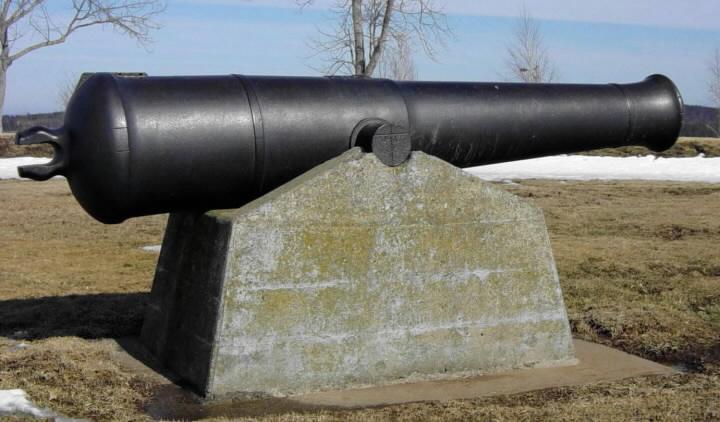

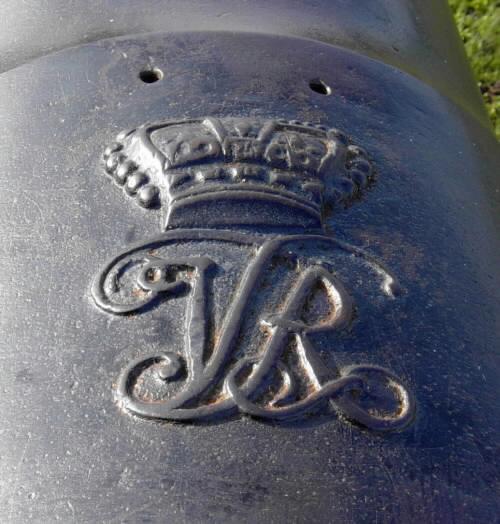
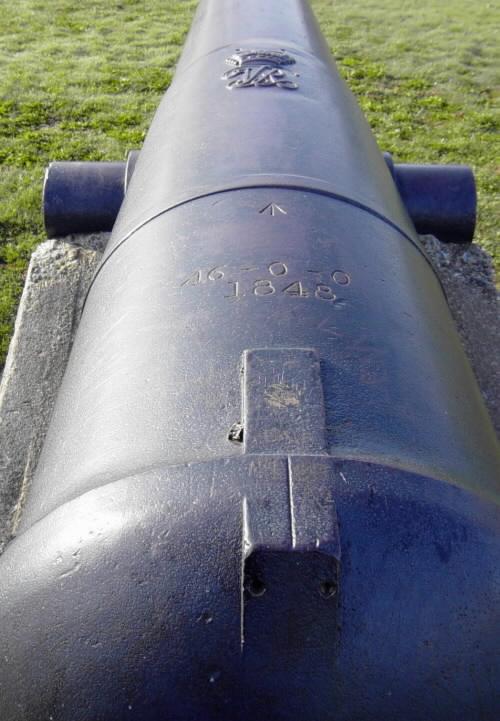
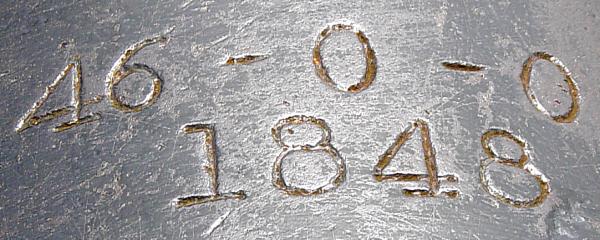
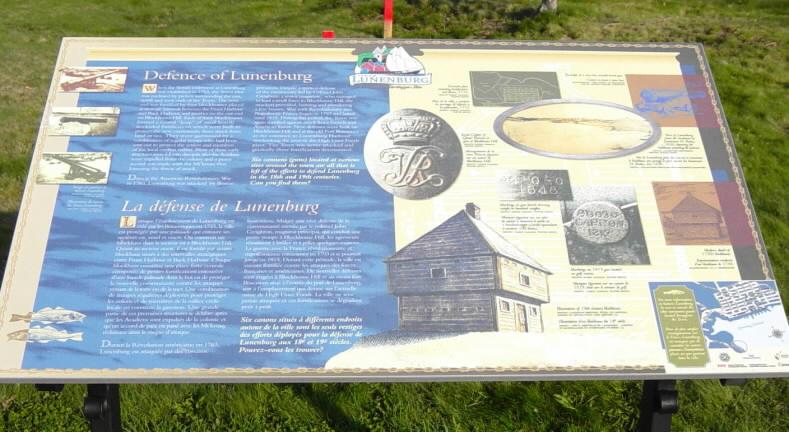


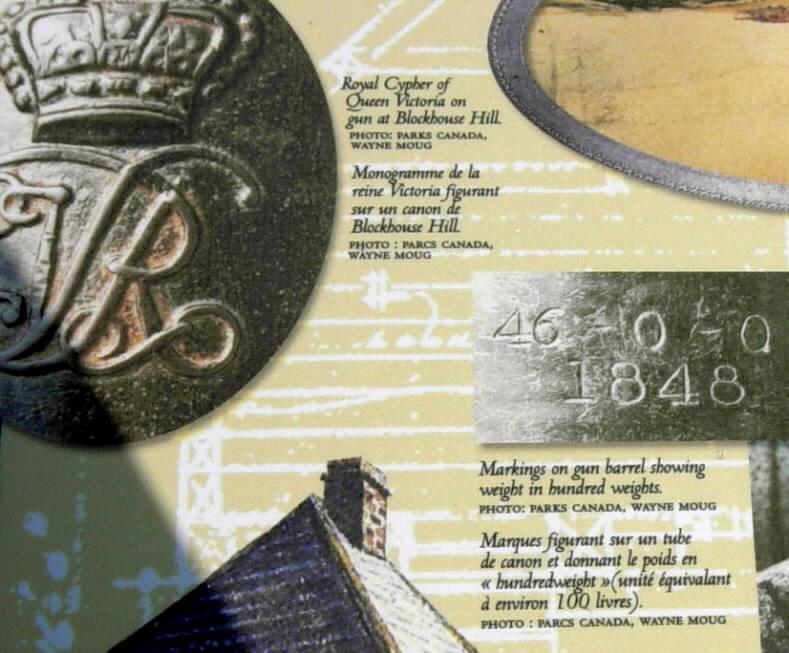
 Chester Basin war memorial Chester Basin
Chester Basin war memorial Chester Basin
 Chester Legion cannons Chester
Chester Legion cannons Chester
 Swissair Flight 111 Memorial, Bayswater
Swissair Flight 111 Memorial, Bayswater